Real life examplesA perfect square wave is.... well, perfect. Most of the low signal amplifiers (line, phono preamplifiers, etc.) can come very close to that, especially when signals are low (1 Volt or less). When it comes to higher levels, distortion mechanisms take over and make the square wave look less than perfect, sometimes very much less. Power amplifiers output highest level signals, and distortions are that much easier to notice.
A good Solid State amplifier, at lower frequencies (1kHz) should reproduce square wave quite faithfully. At higher frequencies (10kHz) bandwidth limitations become visible. Still there should be no evidence of overshoot or ringing. An example of a good solid state amplifier at 10kHz is below:
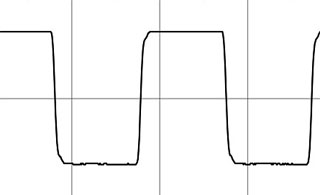
A tube amplifier can be allowed little more distortion, after all that is what makes their sound different. A couple of examples of good Push Pull tube amplifiers at 10kHz are given below:
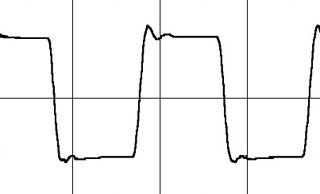
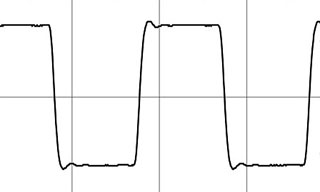
Single Ended amplifiers are quite different beasts. Distortion is much higher and waveforms are much farther from perfect, but waveforms shown below are still very acceptable (left graph is 1kHz sgnal and the rigt one is 10kHz):
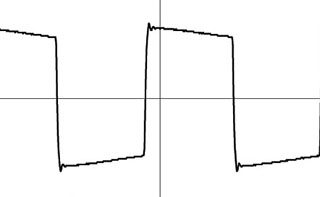
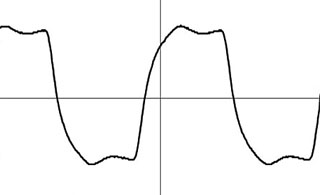
Obviously, that should not be acceptable for a Solid State amplifier and should be avoided in a Push Pull tube amp, but it is perfectly fine for even high end Single Ended topology.
Now, some illustrations of what is not acceptable, and should be avoided, no matter how the unit sounds - there is just something very wrong with the design in the following examples:
This signal shows overshoot and high frequency ringing followed by a subharmonic oscillation:
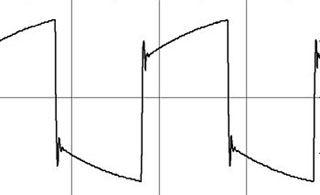
The signal below has large overshoot and oscillations that do not stop (sadly both examples belong to one ultra expensive amplifier):
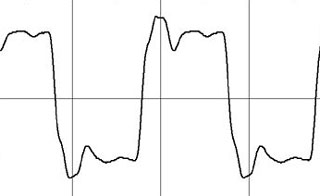
The oscillations below are so bad that there is a likelihood of emissions that will negatively affect other nearby equipment:
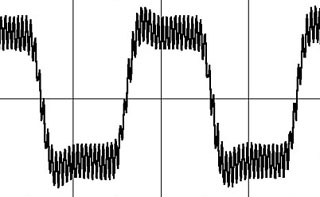
For full disclosure, here is how Vista Amplifiers perform with a square wave.
model i34 (Push Pull tube amplifier) at 1kHz and 10kHz (model i84 has identical response):
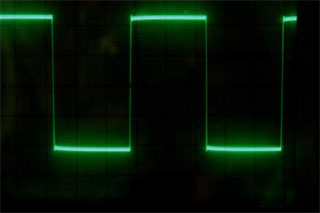
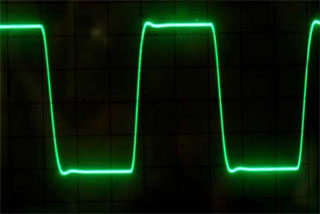
And the inexpensive model i82 (Single Ended design), also at 1kHz and 10kHz:
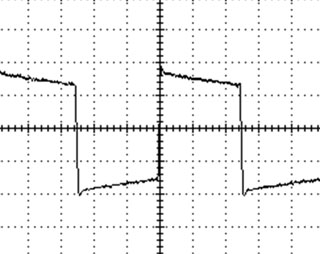
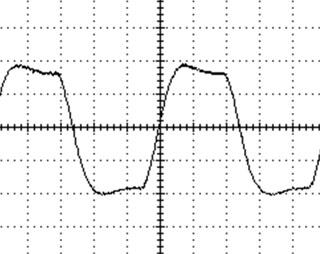
Even if an amplifier is as inexpensive as model i82, it still has to perform without oscillations, ringing or overshoot. In fact, there is no price point below which an amplifier should not meet basic criteria of operation without crippling artifacts.
Armed with this knowledge, we can now move to examining loading effects on cartridges.